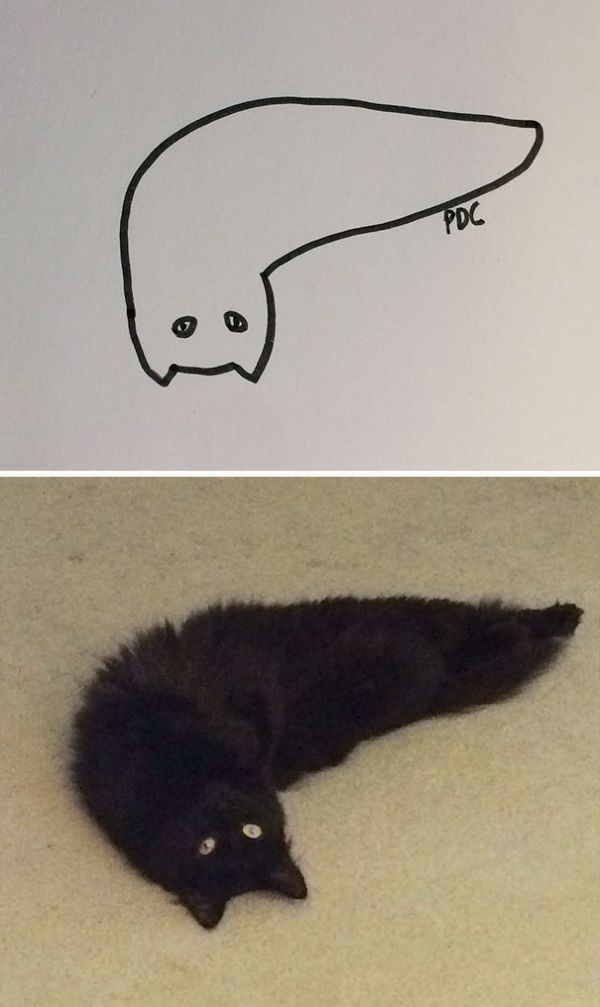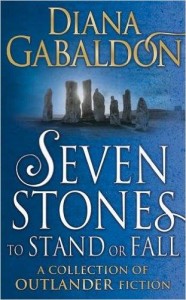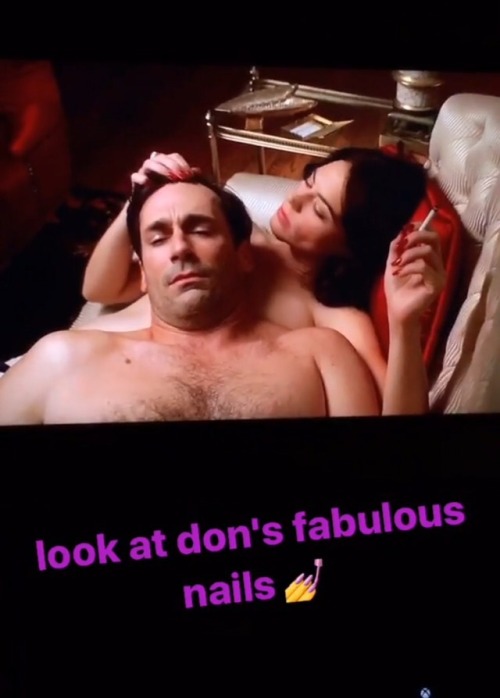
In around 1003, a man died leaping off a mosque roof with wooden wings. In 1912 a misguided fellow jumped off the Eiffel Tower trying out his new invention, the coat parachute. (The authorities: “Please use a dummy for your first experiment.” Friends, he did not use a dummy.) In 2009 a man died testing his flying taxi. You may have heard wings went wrong for Icarus. When gravity says “No, mankind, no” mankind keeps hearing “Yes, wings, yes.” Wings are one of the persistent motifs of humanity. They are the stuff of legend, of religion, of scientific experiments and of art. Wings are symbols of o’erarching ambition. Wings are, like vampires, concepts that haunt the collective consciousness: transformation into a more perfect being or a monster.
Naturally they have found a place in fantasy novels, the modern home of myth. I am second to none in my appreciation for dragons, but what interests me most is the draw in imagining wings on people, the envy inherent in the desire to acquire a feature of creatures very different from us. Far fewer of us envision people with lizard tails. (No shade, lizard tail folks.) Yet wings, in a world that has airplanes and the idea of Superman, cannot be entirely about wishing to fly. Why do we like wings so much? What do wings symbolize? What is wrong with them? And, the eternal question: what is wrong with us?
If loving wings is wrong, who wants to be right? Wings have an undeniable cachet, an aura of cool. Angels are usually drawn as humans enhanced with wings. (Not that I wish to cast any aspersions on the angels drawn as wheels covered in eyes. They are cool too.) Whether it be Tilda Swinton in the movie Constantine or Angel swooping in to the rescue in X-Men: the Last Stand, the moment when we see wings is always treated as revelation. The introduction of trench-coated angel Castiel, deeply reminiscent of the moody trench-coated angels Damiel and Cassiel of the 1987 German film Wings of Desire (originally Der Himmer über Berlin), revitalized the TV show Supernatural. Wings are aesthetic goals.
Typically, we idealize having wings: mostly, we want to keep our arms and have wings too. In Archangel, the first in Sharon Shinn’s Samaria series, our romantic hero, Gabriel, notably has the whitest wings, the broadest wingspan of them all, and whether or not it should the reader knows white often symbolizes purity. (What the wingspan might symbolize certainly never occurred to my pure mind.) We lose nothing in having wings, and yet there is danger inherent in their allure. Rachel, the heroine of Archangel, has a harrowing fear of heights that is both entirely understandable and a symbol of the chasm between the distant hero and wounded heroine’s lives. Having wings, like having anything, means becoming aware of the potential of loss. The characters believe angels live among humans, intermarrying with them and singing for good weather and other blessings to their god Jovah. But Jovah is a spaceship, and the angels are artificially created to fly up near the spaceship and deliver commands to the ship in the form of songs. The hero and heroine, divided by the wings which the reader knows throughout do not actually indicate divinity, are in fact united by their mutual love of song and appreciation for each others’ voices—not the last time we will see art being the link of love and understanding between a winged and wingless partner.
Even the pegasi of Robin McKinley’s Pegasus, have front hooves referred to as “alula-hands” with which they make poignantly beautiful art, the deciding factor that got the book included in this list, separating them from other winged horses of fiction and making them people to me. Pegasus begins “Because she was a princess she had a pegasus”—a young princess is bound into emotional intimacy with a pegasus because of an old treaty, but they break the rules by learning to communicate with each other. We see Princess Sylvi take forbidden flights with her pegasus at night when “everything was an adventure,” an interspecies Romeo and Juliet flinging themselves off the balcony and away, but once parted we see the princess’ pain missing both Ebon and flight. Wings are powerful symbols of freedom, so powerful their presence evokes the fear of its loss.
In Anne Bishop’s Black Jewels series, there is a reason we are introduced to a winged man caged, flexing his aching wings. The first chapter of the first book, The Daughter of the Blood, begins from the point of view of Lucivar, “the Eyriean half-breed,” the hero’s winged brother. Lucivar is chained and caged, witness to rats eating a delicate part of a comrade’s anatomy, and later sexually propositioned by said brother. (Life is tough for Lucivar.) Lucivar’s name in the Black Jewels series evokes a very specific fall—and if his name fails to do so, his brother and father are called Daemon and Saetan. Nobody needs to be drawn any infernal diagrams. The fall of a winged creature is a fall from grace. We see over and over again in cinema, even in a comedy like the 1999 film Dogma, the shot of bloody stumps where wings should be, and are reminded we never had them.
Losing wings is a nightmare, but gaining wings is a complicated dream. Waking up with sudden wings is a notion so appealing that there is an entire subgenre of fanfiction known as “wingfic” featuring, say, Han Solo waking up with wings (I think he would be pleased) or One Direction waking up with wings (they would all want to fly solo). Developing wings can be body horror, as shown in Laurel Winter’s novel Growing Wings and the unusual faeries in Aprilynne Pike’s novel Wings. The body changing in unexpected and alarming ways is both allegory for puberty and the fulfillment of a wish for transformation. The winged are the other, often creating panic in the winged person himself and exciting suspicion in others: for instance, most people are disturbed by the appearance of T’fyrr in Mercedes Lacey’s The Eagle and the Nightingales, and the heroine must learn to overlook the beak. Lackey’s novel is a romance set in a fantastical world between a talented professional singer and a feathered and beaked eagle-ish (eagloid?) exile from his own people. (Life is frequently tough for the winged.) Nightingale, who is like Rachel of Archangel culturally different from the people around her, comes to be attracted to him both because she does not herself accept the strictures of society around them and because they share a deep love for music which transforms the other for her into her most desirable possible partner.
Wings intersect with gender in various telling ways. Men are often given the feathered wings, women the insectile ones. Men with wings are angels. Women with wings are fairies… or harpies. “Harpy” is used as an insult to throw at vociferous and unpleasant women in this world. Dante did not mince words on the subject of “the repellent harpies.” Dante was not a fan. Understandably, given that he portrayed harpies as spending their time tormenting the damned souls of suicides, shrieking, fiddling with entrails and fouling everything in sight. The Stormwings of Tamora Pierce’s series The Immortals are powerfully reminiscent of harpies, not just winged, but interested in desecrating the dead.
Pierce’s quartet presents us with Daine, a heroine who talks with animals but is revolted by magical creatures she perceives as unnatural—“these were monsters. No animal combined a human head and chest with a bird’s legs and wings.” These razor-winged Stormwings seem to be one of fantasy’s archetypal evil species, like orcs, until Daine gets to know one. She discovers the Stormwings were dreamed up by an explicitly female creator as a deterrent to war, in what could be taken a metatextual rather than textual commentary on art. Notably the Stormwing our heroine grows close to is male. It is fascinating to see a harpy portrayed as a man. It is also troubling to reflect on how often the winged beloved is a man. Perhaps we find it easier to believe that the unsettling other can only be taken seriously and loved, in true Beauty and the Beast fashion, when male.
Nevertheless the depictions of learning to love the winged are deeply resonant in our culture saturated by references to “the wings of love” and “winged Cupid.” The Eagle and the Nightingale and Archangel both memorably portray romantic love for the winged, as does another fantasy classic, Meredith Ann Pierce’s The Darkangel. Ebon of Pegasus calls Princess Sylvi his “heart’s sister.” Anne Bishop’s hero gives up his freedom to save his winged brother. Daine of The Immortals hates all Stormwings until she meets a Stormwing rejoicing in the name Lord Rikash Moonsword, who likes kids, sarcasm and restoring unjustly deposed monarchs to their thrones, and at a key moment she realizes she has accidentally become his friend. No wonder Dr. John Lennard in “Of Stormwings and Valiant Women” refers to Rikash, both heroic and a horror, as “a complex achievement:” his humanizing represents the humanizing of a whole species and examines the vexed fantastical question of what makes a monster. The hero and heroine of The Eagle and the Nightingale get together and basically go hot tubbing, which goes about as well as you would think for any man blessed with feathers and which for me was the scene that definitively proved their romance would last since love, especially sexual love, is so much about having fun with our absurd bodies. By loving the winged, the humans in each pair learn to love the other in themselves as we all wish to. We love the winged: we wish to become and connect to them, to fly and to fall.
Plastic surgeon Dr. Joseph Rosen claimed in 2002 that he would be able to graft wings onto a human body by 2007. Obviously, that date has come and gone, but his mission statement remained: that he could give humans wings and our infinitely adaptable brains would map them, making them part of the person, giving them “literally, a winged brain.” I think we may already have winged brains, constantly imagining soaring. Mankind’s urge to possess wings and flight gave us airplanes, yet the lure of wings remains. In my new novel, In Other Lands, I could not resist writing a book about a boy from our world awestruck by a fantasy world in which the winged are reality instead of dream, although the half-harpy he loves is very doubtful about his own wings. Demonstrably I am not the first author who wants to experience a flight of fantasy and fancy, nor will I be the last. Perhaps by now the desire for wings is in our DNA: we cannot stop wanting what wings symbolize. The longing for, and fear of, transformation and freedom never leaves us. We write about angels coming to us, and about angels falling. We dream, then we make both the airplane and the coat parachute. We will continue to tell stories, until we have wings.
 Sarah Rees Brennan is the New York Times bestselling author of simply loads of novels, several of which have been YALSA Best Fiction for Young Adults and TAYSHAS picks, received starred reviews and been on the ALA Top Ten Best Book for Young Adults lists, including her first book The Demon’s Lexicon, her Gothic mystery Unspoken, and Tell the Wind and Fire, a retelling of Charles Dickens’ A Tale of Two Cities. She was born in Ireland by the sea and uses her homeland as a base for many adventures. In Other Lands will be available from Small Beer Press on August 15th.
Sarah Rees Brennan is the New York Times bestselling author of simply loads of novels, several of which have been YALSA Best Fiction for Young Adults and TAYSHAS picks, received starred reviews and been on the ALA Top Ten Best Book for Young Adults lists, including her first book The Demon’s Lexicon, her Gothic mystery Unspoken, and Tell the Wind and Fire, a retelling of Charles Dickens’ A Tale of Two Cities. She was born in Ireland by the sea and uses her homeland as a base for many adventures. In Other Lands will be available from Small Beer Press on August 15th.



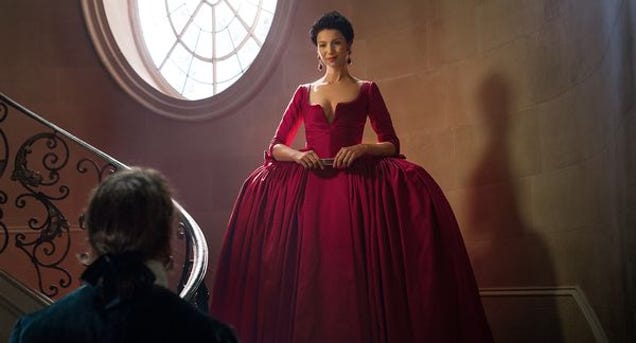
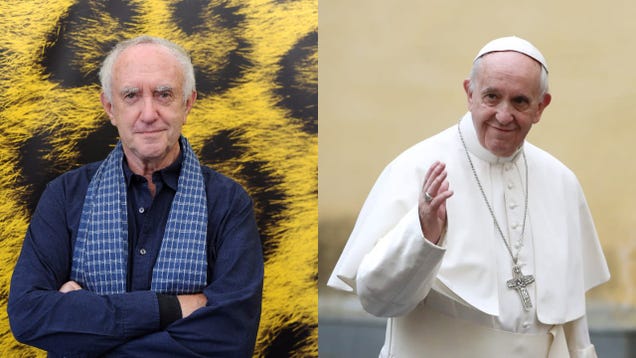




















 Sarah Rees Brennan is the New York Times bestselling author of simply loads of novels, several of which have been YALSA Best Fiction for Young Adults and TAYSHAS picks, received starred reviews and been on the ALA Top Ten Best Book for Young Adults lists, including her first book The Demon’s Lexicon, her Gothic mystery Unspoken, and Tell the Wind and Fire, a retelling of Charles Dickens’ A Tale of Two Cities. She was born in Ireland by the sea and uses her homeland as a base for many adventures.
Sarah Rees Brennan is the New York Times bestselling author of simply loads of novels, several of which have been YALSA Best Fiction for Young Adults and TAYSHAS picks, received starred reviews and been on the ALA Top Ten Best Book for Young Adults lists, including her first book The Demon’s Lexicon, her Gothic mystery Unspoken, and Tell the Wind and Fire, a retelling of Charles Dickens’ A Tale of Two Cities. She was born in Ireland by the sea and uses her homeland as a base for many adventures. 



